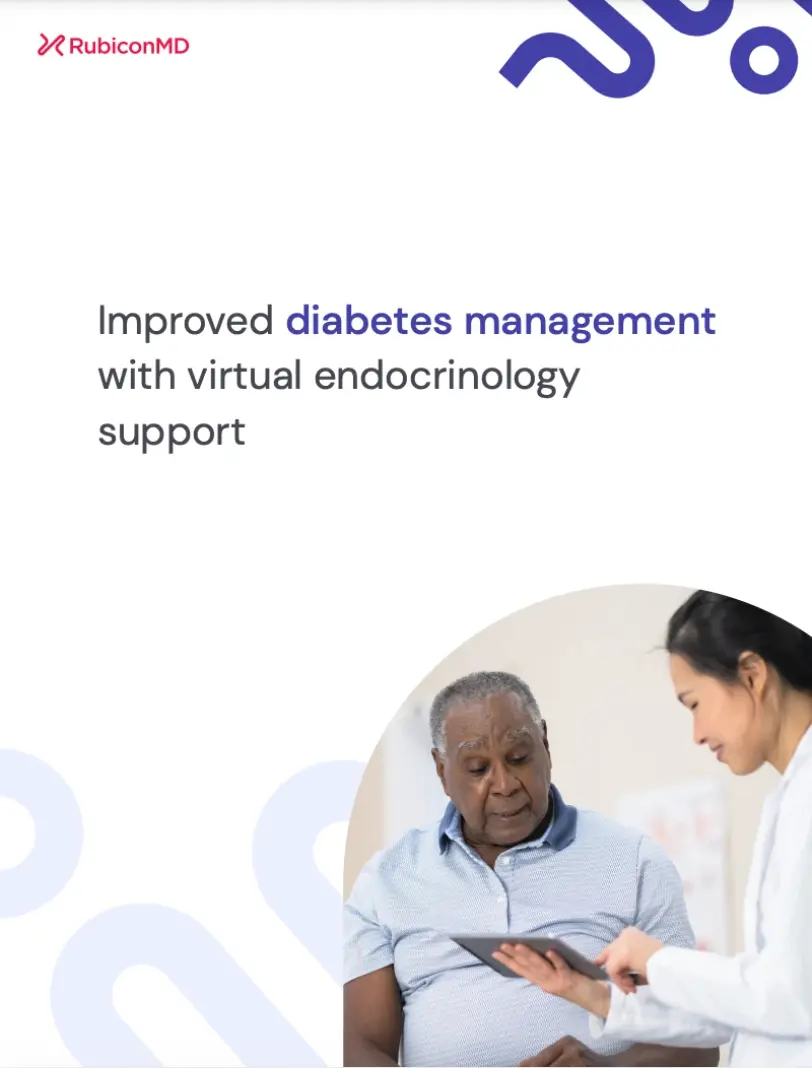eConsult Transcript
PCP submission
54 year old incarcerated with history of HTN (metoprolol succinate ER 200 mg BID), HLD (atorvastatin 20 mg daily), chronic back pain (on meloxicam 7.5 mg daily), and GERD (on pantoprazole 40 mg daily). Patient with HTN claims clonidine with metoprolol is the only BP medications that works for him. He claims to have adverse reactions to the following medications (subjective complaints such as HA, dizziness, nausea, etc): amlodipine, lisinopril,, hydralazine, losartan, hydrochlorothiazide, prednisone, chlorthalidone, cardizem, verapamil). On direct observation therapy, his blood pressure continues to run high on just metoprolol succinate 200 mg BID.
Patient with slightly elevated creatinine 1.52, eGFR 52 with protein 30 in UA.
Do you have any other medication/Tx recommendations for this pt?
Specialist response
Hi there, thanks so much for your question. This sounds like a difficult situation but I’m sure we can find a therapy that works for him. I think it’s a great idea to trial the metoprolol and start low dose diuretic or if he is open to trying another beta blocker, labetalol works very well with refractory hypertension as it has both alpha and beta blockade. I usually start with 100 mg TID and increase as needed. So these are just a few options to consider but I think your current plan is just fine. And then I’ll leave you with some of my general methods for refractory hypertension in case you find it helpful towards your practice.
As a first step, I confirm the accuracy of blood pressure readings. I find home readings to be best. Formal 24-hr ambulatory monitoring can be considered in these scenarios, but generally I just have patients check their blood pressure 3-5 days a week and maintain a log. On days they check their blood pressure,
I instruct them to do so in the morning before taking medications, and in the late afternoon before dinner. I have them collect two back to back measurements and I average them, this helps me to identify and exclude readings that may be obviously spurious.
Secondly and often alongside my first step I confirm that the patient does not have excess sodium intake in their diet from processed food, that they are not drinking excessive alcohol or coffee, and that they are not taking NSAIDs frequently. I have found that these are all not infrequent contributors to hypertension and there is good data in guidelines that screening for these contributors improve outcomes. (See: Carey et al. Resistant Hypertension: Detection, Evaluation, and Management: A Scientific Statement From the American Heart Association. Hypertension. 2018;72(5):e53-90)
Third, I add additional anti-hypertensive agents which we have already discussed.
Fourth, if home blood pressure readings are still significantly elevated and there is no lifestyle factor that is clearly contributing, then I consider other diagnostic studies. Other than basic lab work, I check a TSH to ensure abnormal thyroid function is not contributing.
There are 3 other considerations I have including, sleep apnea, primary aldosteronism, and renal artery stenosis. Hypertension guidelines generally agree sleep apnea is an important contributor and should be excluded in anyone with obesity, loud snoring, or daytime sleepiness. So I generally begin the secondary hypertension work up, when necessary, by screening for sleep apnea and testing if indicated. If sleep apnea is not present, I obtain a morning plasma aldosterone concentration (PAC) and plasma renin activity (PRA) to evaluate the aldo/renin (PAC/PRA) ratio which is usually greater than 20 in patients with primary hyperaldosteronism.
Lastly, in patients with known atherosclerotic disease such as coronary disease, I obtain a renal artery ultrasound earlier, but in the absence of known atherosclerotic disease, I obtain the other tests first, in the order I mentioned, and screen for renal artery stenosis afterwards if the other studies are negative. This approach is well supported by hypertension guidelines including the 2017 ACC/AHA joint recommendations. (See: Whelton et al. 2017 ACC/AHA Guideline for the Prevention, Detection, Evaluation, and Management of High Blood Pressure in Adults: A Report of the American College of Cardiology/American Heart Association Task Force on Clinical Practice Guidelines. Hypertension. 2018;71:e13–e115). Lastly, in addition to the possibility of secondary hypertension above, a diagnosis of pseudo-resistant hypertension should be considered if and when high blood pressures persists despite the use of 3 anti-hypertensive agents. It is estimated that pseudo-resistant hypertension can be present in up to 50% of patients with uncontrolled blood pressure, and that it may be due to improper measurement, white coat effect, or poor medication compliance. (see: Klerman et al. Prevalence and characteristics of pseudohypertension in patients with resistant hypertension. J Am Soc Hypertens. 2013;7(6):467-70). I develop suspicion for pseudo-resistant hypertension especially when there are no signs of end organ damage despite a reported history of long-standing hypertension, such as no kidney disease and no abnormalities on ECG like left ventricular hypertrophy.
I hope you find this helpful and again sorry for a tough case with limited medication options but I agree with considering secondary hypertension workup (including echo) as you have already suggested.
Let me know if you have further concerns and thanks again for your great question!
